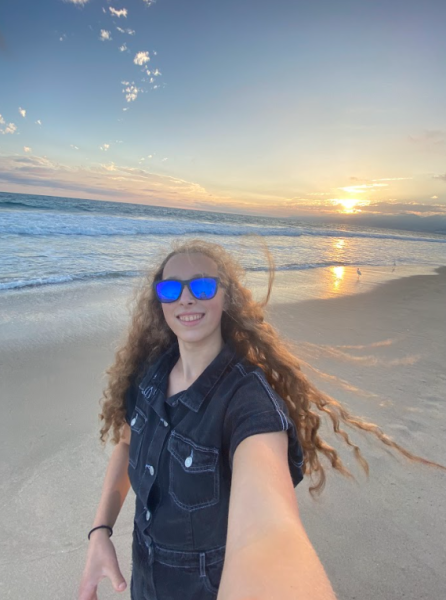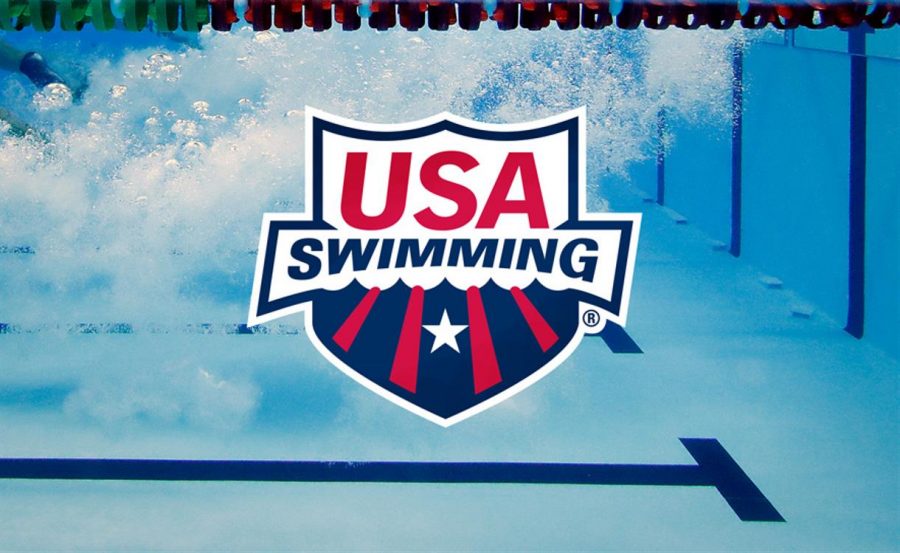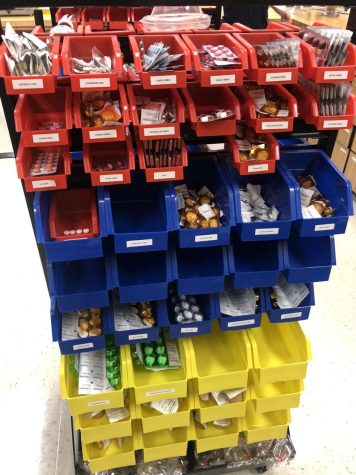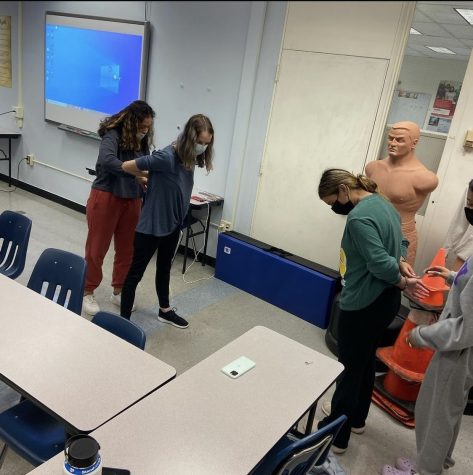Say What? A Step Into a Swimmer’s Dialog
The forgien language that your swimmer friends seem to instinctively know, can be very confusing. This is your guide for understanding the swimmer language.
“Start on the top” or “on the bottom”:
“Let’s leave on the top” is a term all swimmers hear multiple times per practice. However, for people who don’t swim competitively, it makes absolutely no sense. “On the top” refers to beginning to swim on the 60 second mark while “on the bottom” refers to the 30 second mark. If you know someone who is a swimmer, this may help you if they accidentally read a clock by saying, “Oh it’s almost the bottom.”
“This pool is a fast pool”:
All pools may seem the same, but swimmers know the difference between a good pool and a bad pool down to the last drop of chlorinated water. Over the years that I’ve been swimming, I’ve noticed that when a pool “feels fast”. It feels cold and many people are getting personal bests (PB) in these pools. This is a good thing when you are racing because the cold water can make you feel more buoyant and help you get moving faster. It is always encouraging to know your teammates are getting good times, pushing you to be better too.
“Last one, fast one”:
Have you ever been really tired and needed some extra encouragement? That’s this statement in a nutshell. After two hours of swimming with your arms feeling like they have 100 pound weights on them, the best thing in the world to hear is “last one, fast one!” A coach will usually say this to make sure you give the last set you are working on your all, and to make you feel better because the physical pain will soon be a thing of the past…at least you hope.
Open water:
Open water is competitive swimming done outside of a pool. For example, a lake, the ocean, or rivers. It is a very different experience from swimming in a pool due to all the new factors and challenges individuals have to overcome. For example, you have to “sight” (lifting your head straight up rather than to the side) in open water , which lets you stay on course. Another major change is the temperature. The average person will feel comfortable in 77-82 degrees Fahrenheit water. Open water temperatures average around 60.8-85 degrees Fahrenheit according to USA Swimming. Wetsuits are encouraged in temperatures under 65 degrees Fahrenheit.
Drylands:
Swimmers spend hours of their lives in pool training, but at a certain point it is important to exercise outside of water. “Drylands” is a term used by swimmers to describe exercise done outside of the pool. This could be done in a gym with a trainer or by yourself at home. Drylands can even refer to bike rides or going for a run. If you don’t swim competitively, anything you consider to be regular exercise is the equivalence of drylands to a swimmer.
“Long course”/“short course”:
This may sound confusing, but in reality, it’s very simple. Short course is competitive swimming done in a 25 meter/yard pool while long course swimming is done in a 50 meter/yard pool. For your average swimmer, the short course season is from fall to spring and the long course season is over the summer. However top level swimmers hoping to compete in the Olympics usually train in 50 meter/yard pools because that is the distance you’ll be racing in the Olympics.
Heat and Lane:
Many non-swimmers know what these two words mean, but some do not. There are usually 8-10 lanes per pool, and that isn’t enough for all the swimmers to go at once. Each swimmer gets one lane per swim. To allow every swimmer to race, they get put into heats. Heats usually put people in a group of swimmers that have similar times in each event and the heats descend from slowest to fastest. As with everything there are some exceptions, but this is the most common method.
Writing all over your arms:
On average in a two day swim competition/meet, a swimmer will race anywhere from 1-8 events of varying distances. Keeping track of when your event is and what lane your swimming in can get confusing so writing it down helps. Unfortunately water isn’t too friendly to paper, so writing on your arms improves the survival rates of your heat and lane. After being written on your arm, it can be extremely difficult to remove the marks before school starts, leading to very confused glances from classmates and suspicious ones from teachers.
Good job! You survived the non-swimmer’s guide to our language. Hopefully you now have a better understanding of what goes through a swimmer’s head when they say strange things to you.

Co-Editor in Chief Heidi Gilman is a Senior at South Lakes, and is excited to continue her journey working for the Sentinel. She loves to swim and is a...


















